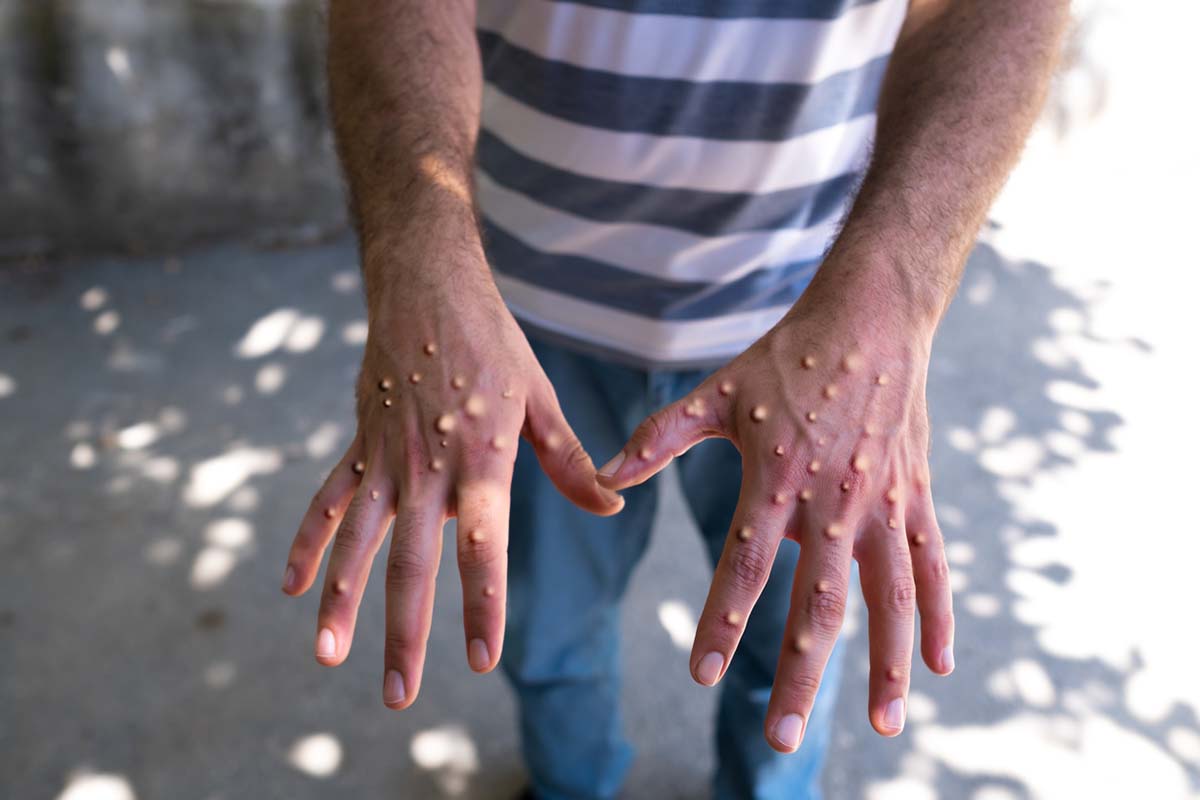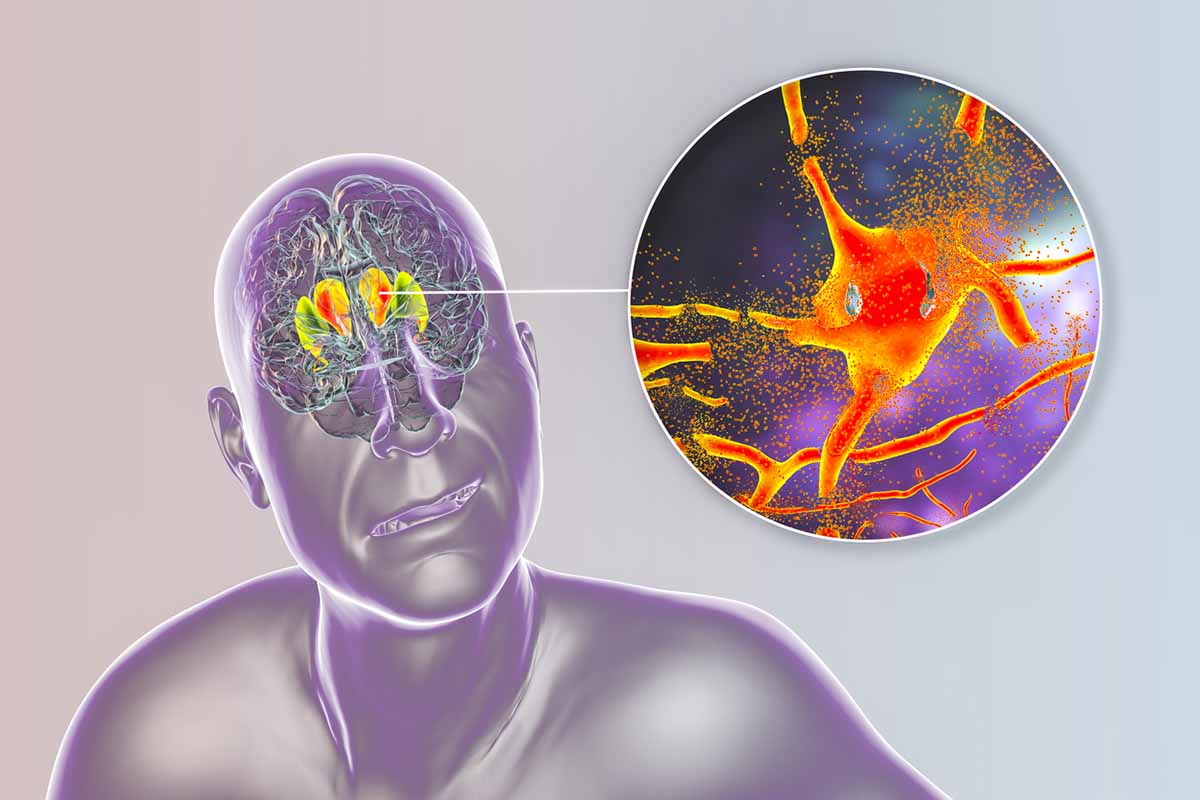An Open-Label Trial of Topiramate in the Treatment of Skin Picking in Pervasive Developmental Disorder Not Otherwise Specified
To the Editor: Skin picking has been described in several clinical syndromes and has been described in the literature by various terms, including neurotic excoriations, psychogenic excoriations, pathological skin picking, self-injurious skin picking, and dermatotillomania. It is characterized by excessive scratching, gouging, digging, squeezing, and rubbing of healthy skin. Picking is typically found in areas within easy approach of the dominant hand such as face, scalp, upper back, abdomen, and extremities.
The exact prevalence of skin picking in the general population is not known; however, the limited data available suggest an estimated incidence of 2% among dermatology patients1 and about 4% in college students.2 In a study of a nonclinical community sample of 354 participants, the incidence of skin picking leading to significant affective distress was reported as 5.4%.3 A variety of psychodermatologic diseases have been associated with skin-picking behavior.4 Pervasive developmental disorder not otherwise specified is a type of autism spectrum disorder not meeting the criteria for either autistic disorder or Asperger syndrome. Self-inflicted skin-picking behavior is frequently noticed in this patient population. In one study, 14.8% of patients with autistic disorders had skin picking.5 The treatment of skin picking has been a challenge to psychiatrists, dermatologists, and primary care providers. Current treatment approaches have demonstrated the efficacy of serotonin reuptake inhibitors in case reports, open trials, and double-blind studies. Other pharmacologic agents reported to be useful in various case reports include doxepin, clomipramine, naltrexone, lamotrigine, pimozide, olanzapine, aripiprazole, and riluzole.1,6-9
Because of the limited data on the pharmacologic treatment of skin picking and reported use of topiramate in skin-picking behavior in certain intellectually deficient populations, we decided to conduct an open trial of topiramate in 2 patients with severe skin picking associated with pervasive developmental disorder not otherwise specified. Topiramate (2,3:4,5-bis-O-[1-methylethylidene]-β-d-fructopyranose sulfamate), an antiseizure medication, has been used with mixed results in some cases of skin picking associated with Prader-Willi syndrome and intellectually deficient populations.10-12 It exerts inhibitory effects on neuronal excitability and enhances GABAergic neurotransmission by increasing γ-aminobutyric acid (GABA)-mediated chloride influx through GABAA receptors. It also inhibits Na+ and Ca2+ channels and decreases kainate-evoked current through α-amino-3-hydroxy-5-methyl-4-isoxazolepropionic acid receptors.13
Case 1. Mr A, a 15-year-old white male with a history of pervasive developmental disorder not otherwise specified and anxiety disorder not otherwise specified (DSM-IV-TR criteria), was referred to our clinic for the treatment of recalcitrant skin picking. He was taking risperidone 1 mg bid and escitalopram 10 mg to address his symptoms of aggression, anxiety, and self-injurious behavior in the form of skin picking, rubbing, scratching, and pulling. His mother reported that although his aggression and anxiety were mostly under control, his skin picking had escalated significantly and he had started digging his skin and eating the flesh. The common sites of picking were face, extremities, chest, and buttocks. The patient acknowledged picking but was not able to resist it. He was picking on normal skin or picking the scabs of previously healed lesions.
Increase in doses of risperidone and escitalopram and an 8-week course of cognitive-behavioral therapy were unsuccessful. Keeping in mind the reported efficacy of topiramate in skin picking in Prader-Willi syndrome, we decided to start topiramate in a gradually titrating dose up to 200 mg/d for 12 weeks. Informed consent was obtained from the mother and the patient. Clinical observation by the family and Skin Picking Symptom Assessment Scale (SP-SAS)14 and Repetitive Behavior Scale-Revised (RBS-R)15 were used at pretreatment and posttreatment to evaluate the efficacy of topiramate. Our patient did not show any improvement in his skin picking throughout the course of the treatment, as reported by the patient, the family, and on SP-SAS and RBS-R. Interestingly, his rubbing and scratching of skin completely disappeared in the second month of treatment but recurred in the third month but with mild severity. His pulling hair and skin gradually decreased but were not completely resolved. At the end of the third month of treatment, he started biting his skin along with continuous skin picking. Topiramate was then gradually tapered and discontinued. After 6 weeks of follow-up, he stopped biting his skin, but picking continued with the same severity. The patient’s baseline laboratory values, monitored before and after the end of topiramate therapy, were within normal range. He generally tolerated the medication well except for experiencing mild sedation.
Case 2. Mr B, a 16-year-old white male with the previous diagnosis of pervasive developmental disorder (DSM-IV-TR criteria), was referred to our clinic for the management of severe skin picking. The patient has been taking fluoxetine, prescribed by his primary care provider, for 6 months without any benefit. His past medication history to control this behavior consisted of antipsychotics and different selective serotonin reuptake inhibitors. The family was very frustrated with the failure of different medications and a trial of cognitive-behavioral therapy. The patient reported picking skin from face, arms, and legs without any specific triggering event. After discussion with the family and patient, an informed consent was obtained for a trial of topiramate. Topiramate was titrated up to 200 mg/d for 12 weeks. Subjective assessment by the family and the patient and pretreatment and posttreatment SP-SAS and RBS-R were used to evaluate the efficacy of topiramate. The patient initially showed a mild improvement in skin picking, as suggested by RBS-R and SP-SAS, but later he continued to pick with the same severity as at pretreatment level. Thus, topiramate was gradually discontinued, and at 4 weeks’ follow-up, he was still continuing to pick his skin. The baseline laboratory values before and after treatment were within normal limits. He generally tolerated the medication well and reported mild sedation and confusion, which disappeared after discontinuation of the medication.
The pharmacologic interventions in the treatment of skin picking are very limited. Our patients had tried adequate trials of serotonin reuptake inhibitors and antipsychotics with behavioral therapy, but these were not helpful in addressing their continued skin picking behavior. The choice of topiramate in our case was based on the fact that glutamatergic dysfunction and efficacy of glutamatergic modulators have been implicated in the pathophysiology of obsessive-compulsive disorder, which has some phenomenologic and neurobiologic association with skin-picking behavior.6
In both of our cases, topiramate was not found helpful in reducing skin-picking behavior, as evidenced by subjective and objective measures. The findings of this report should be taken cautiously because of several limitations, such as very small sample size, open-label study design, and concomitant psychotropic medications in both patients. Both of our patients showed no improvement in skin-picking urges on the RBS-R and SP-SAS. The RBS-R is a valid and reliable instrument for measuring self-injurious behavior in patients with autism spectrum disorders,15 while the SP-SAS is a valid and reliable measure for assessment of severity of skin picking.14 Mr A showed some decrease in pulling skin and hair from the second month, which lasted till the last follow-up; however, he developed biting, rubbing, and scratching his skin in the third month of treatment, which was not present at pretreatment and disappeared after discontinuation of topiramate, raising concerns about topiramate’s role in causing these effects. Mr B showed mild improvement in skin-biting and skin-pulling behavior, but his skin-picking urges never responded to topiramate treatment.
Although a few studies have demonstrated some efficacy of topiramate in self-injurious behavior, particularly in intellectually deficient populations, the precise role of topiramate in the treatment of skin picking still needs more research. Double-blind, randomized, controlled trials and multicenter clinical studies may be helpful in determining the exact role of topiramate in this patient population and in the general population with skin-picking behavior.
References
1. Arnold LM, Auchenbach MB, McElroy SL. Psychogenic excoriation: clinical features, proposed diagnostic criteria, epidemiology and approaches to treatment. CNS Drugs. 2001;15(5):351-359. doi:10.2165/00023210-200115050-00002 PubMed
2. Keuthen NJ, Deckersbach T, Wilhelm S, et al. Repetitive skin-picking in a student population and comparison with a sample of self-injurious skin-pickers. Psychosomatics. 2000;41(3):210-215. doi:10.1176/appi.psy.41.3.210 PubMed
3. Hayes SL, Storch EA, Berlanga L. Skin picking behaviors: an examination of the prevalence and severity in a community sample. J Anxiety Disord. 2009;23(3):314-319. doi:10.1016/j.janxdis.2009.01.008 PubMed
4. Jafferany M. Psychodermatology: a guide to understanding common psychocutaneous disorders. Prim Care Companion J Clin Psychiatry. 2007;9(3):203-213. doi:10.4088/PCC.v09n0306 PubMed
5. Srebrnik A, Brenner S, Holan A, et al. Cutaneous manifestation in autistic population. J Eur Acad Dermatol Venereol. 1997;9(2):118-122. doi:10.1016/S0926-9959(97)00068-8
6. Grant JE, Odlaug BL, Kim SW. Lamotrigine treatment of pathologic skin picking: an open-label study. J Clin Psychiatry. 2007;68(9):1384-1391. doi:10.4088/JCP.v68n0909 PubMed
7. Curtis AR, Richards RW. The treatment of psychogenic excoriation and obsessive compulsive disorder using aripiprazole and fluoxetine. Ann Clin Psychiatry. 2007;19(3):199-200. doi:10.1080/10401230701465277 PubMed
8. Keuthen NJ, Jameson M, Loh R, et al. Open-label escitalopram treatment for pathological skin picking. Int Clin Psychopharmacol. 2007;22(5):268-274. doi:10.1097/YIC.0b013e32809913b6 PubMed
9. Sasso DA, Kalanithi PS, Trueblood KV, et al. Beneficial effects of the glutamate-modulating agent riluzole on disordered eating and pathological skin-picking behaviors. J Clin Psychopharmacol. 2006;26(6):685-687. doi:10.1097/01.jcp.0000245567.29531.d6 PubMed
10. Shapira NA, Lessig MC, Lewis MH, et al. Effects of topiramate in adults with Prader-Willi syndrome. Am J Ment Retard. 2004;109(4):301-309. doi:10.1352/0895-8017(2004)109<301:EOTIAW>2.0.CO;2 PubMed
11. Janowsky DS, Kraus JE, Barnhill J, et al. Effects of topiramate on aggressive, self-injurious, and disruptive/destructive behaviors in the intellectually disabled: an open-label retrospective study. J Clin Psychopharmacol. 2003;23(5):500-504. doi:10.1097/01.jcp.0000088906.24613.76 PubMed
12. Mazzone L, Ruta L. Topiramate in children with autistic spectrum disorders. Brain Dev. 2006;28(10):668. doi:10.1016/j.braindev.2006.05.004 PubMed
13. Muehlmann AM, Brown BD, Devine DP. Pemoline (2-amino-5-phenyl-1,3-oxazol-4-one)-induced self-injurious behavior: a rodent model of pharmacotherapeutic efficacy. J Pharmacol Exp Ther. 2008;324(1):214-223. doi:10.1124/jpet.107.128207 PubMed
14. Keuthen NJ, Wilhelm S, Deckersbach T, et al. The Skin Picking Scale: scale construction and psychometric analyses. J Psychosom Res. 2001;50(6):337-341. doi:10.1016/S0022-3999(01)00215-X PubMed
15. Lam KS, Aman MG. The Repetitive Behavior Scale-Revised: independent validation in individuals with autism spectrum disorders. J Autism Dev Disord. 2007;37(5):855-866. doi:10.1007/s10803-006-0213-z PubMed
Author affiliations: Psychodermatology Clinic, Department of Psychiatry and Behavioral Sciences, Synergy Medical Education Alliance, Saginaw, Michigan.
Potential conflicts of interest: None reported.
Funding/support: None reported.
Published online: April 15, 2010 (doi:10.4088/PCC.09l00829yel).
Prim Care Companion J Clin Psychiatry 2010;12(2):e1-e2
© Copyright 2010 Physicians Postgraduate Press, Inc.





